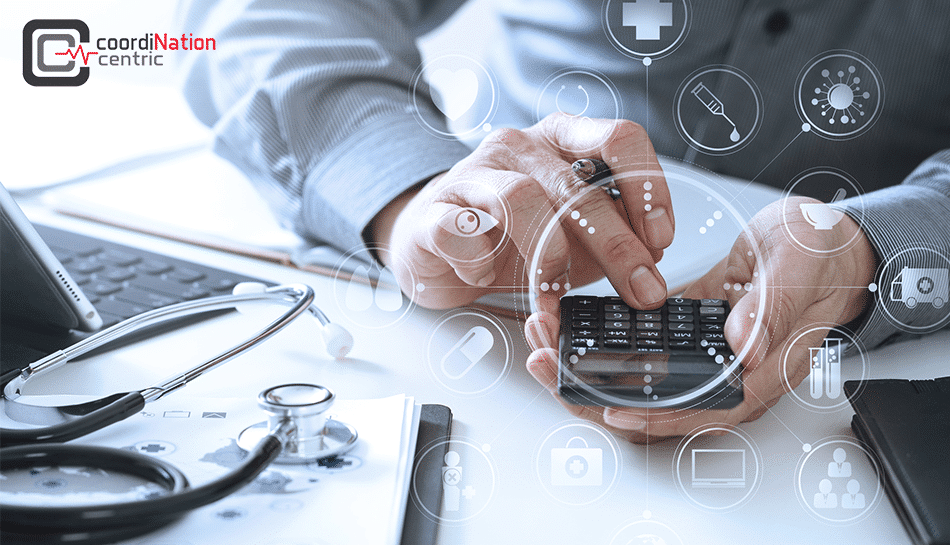
As technology advances so do advances in patient care. With advances to patient care, like Remote Patient Monitoring (RPM), comes the need for updated CPT codes.
Medicare has offered a reimbursement code for RPM services billed under CPT code 99091, defined as: “the collection and interpretation of physiologic data (e.g., ECG, blood pressure, glucose monitoring) digitally stored and/or transmitted by the patient and/or caregiver to the physician or other qualified health care professional, qualified by education, training, licensure/regulation (when applicable) requiring a minimum of 30 minutes of time.”
However, CPT code 99091 is 16 years old, and as such, fails to optimally describe how RPM services are furnished using current technology and staffing models.
As Medicare & Medicaid spending continues to massively increase (almost $1.3 trillion in 2017), CMS knows that affordable new wireless remote monitoring technologies exist and that they can help track patient help more proactively, prevent relapses, and greatly reduce costly readmissions. The problem is that these technologies have not had enough reimbursement attached to them to make financial sense for most physicians… until now.
In January 2019, three new codes for Remote Patient Monitoring services, retitled “Chronic Care Remote Physiologic Monitoring,” came into effect. These 3 RPM CPT codes do a far better job reflecting how providers can more effectively and efficiently use RPM technology to monitor and manage patient care needs, including chronic care management.
Read below to learn how to bill for remote patient monitoring services.
What Are The New Remote Patient Monitoring Codes?
The new Chronic Care Remote Physiologic Monitoring codes are:
- CPT code 99453: Initial setup. Pays approximately $21. “Remote monitoring of physiologic parameter(s) (eg, weight, blood pressure, pulse oximetry, respiratory flow rate), initial; set-up and patient education on use of equipment.”
- CPT code 99454: Device/transmission fee. Pays approximately $69 per month. “Remote monitoring of physiologic parameter(s) (eg, weight, blood pressure, pulse oximetry, respiratory flow rate), initial; device(s) supply with daily recording(s) or programmed alert(s) transmission, each 30 days.”
- CPT code 99457: Monitoring and treatment. Pays approximately $53 per month for 20 minutes of time spent viewing data and communicating with patients. “Remote physiologic monitoring treatment management services, 20 minutes or more of clinical staff/physician/other qualified healthcare professional time in a calendar month requiring interactive communication with the patient/caregiver during the month.”
What Is Different About The New CPT Codes For RPM?
There are 3 main differences between the new CPT codes and CPT code 99091:
- Separate payment for initial set up & patient education: Being able to be reimbursed for setting up the equipment and training the patient is a smart decision as physicians will now be incentivized to start using their technologies with their patients.
- Clinical staff now allowed to perform: Under 99091, only Physicians and QHC professionals can administer RPM, which is a lot of time to use highly trained professionals for a $58/mo reimbursement rate. It just isn’t cost effective. Now, these services can be performed by clinical staff!
- 20 minute per calendar month time requirement: CPT 99091 requires at least 30 minutes per 30-day period (which becomes difficult to align with recordkeeping and claims submission), whereas CPT 99457 requires only 20 minutes per calendar month (33% less time than CPT 99091).
What Is Required To Bill CMS For Remote Patient Monitoring Services?
- The patient must opt-in for the service
- Devices used must meet the definition of medical device, as defined by the FDA
- The service must be ordered by a physician or other qualified healthcare professional
- Monitoring must be greater than 16 days to be applied to a billing period
- Data must be wirelessly synced where it can be evaluated
- The data-monitoring services may be performed by the physician, by a qualified healthcare professional, or by clinical staff. Clinical staff may include, for example, RNs and medical assistants (subject to state law)
Summary Of How To Bill For Remote Patient Monitoring
Hospitals and physicians should invest time now to understand the financial implications of these new RPM codes and evaluate the potential for additional reimbursement opportunities for delivering Remote Patient Monitoring services. Want to learn more about how remote patient monitoring, how it can benefit your office and your patients, and how you can easily & affordably acquire the equipment & software? Contact us today for a complimentary in-office demonstration of how our technology can help you provide better care for your chronically ill patients!

